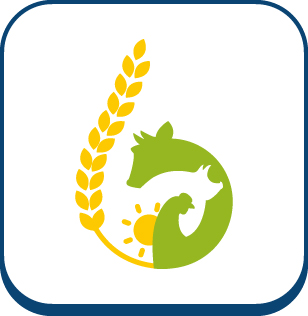Detection of duck livers that have undergone a freezing-thawing process
Ajouter à ma liste
Auteurs :
Bourin M, Vautier A, Rondeau-Mouro C, Collewet G, Halgrain M, Aubry L, Théron L
Sales of fresh duck fatty livers (foies gras) are mainly concentrated during the festive season, creating an
imbalance between French consumer demand and product availability. As a result, some operators on
the French market are tempted to freeze duck fatty livers in order to sell them fresh, a practice prohibited
by French and European regulations. Slaughterers would like to be able to qualify products sold fresh, to
ensure that they comply with regulations. To meet this objective, we developed a methodology for
detecting fatty livers that have undergone a freezing-thawing process. In our study, 5 methods were
tested: oxidation measurement , fingerprinting by MALDI-TOF (Matrix-Assisted Laser Dissociation
ionization - Time_Of-Flight) mass spectrometry, near infrared spectroscopy (NIRS), Nuclear Magnetic
Resonance (NMR), MRI and conductivity. In the first phase of the project, MALDI-TOF fingerprints were
able to classify livers from the same batch, calibrated by weight, with internal validation and recognition
percentages ranging from 93 % to 100 %. Similarly, the NIRS method showed that it was possible to
develop calibrations with model determination coefficients (R²c) of 0.82, and cross-validation coefficients
(R²cv) of 0.80. In the second phase of the project, variability was incorporated into the origin of the livers,
in order to provide a model specific to freezing/thawing and usable on all-origin livers. The MALDI-TOF
and NIRS methods were able to recognize frozen fatty livers, but with classification errors and too much variability to validate the first-phase model. A validation phase of these two methods on a larger pool of fatty livers, from different technical itineraries seems necessary to have robust and reliable prediction equations. As for NMR and MRI measurements, despite encouraging results in the first phase, they could not be repeated on fatty livers of various origins (different slaughterhouses) due to poor control of the cold chain between sampling and analysis.
Fiche technique
Titre :
Detection of duck livers that have undergone a freezing-thawing process
Date sortie / parution :
2024
Référence :
Agronomic innovations, volume 94, 2024, p. 77-90








